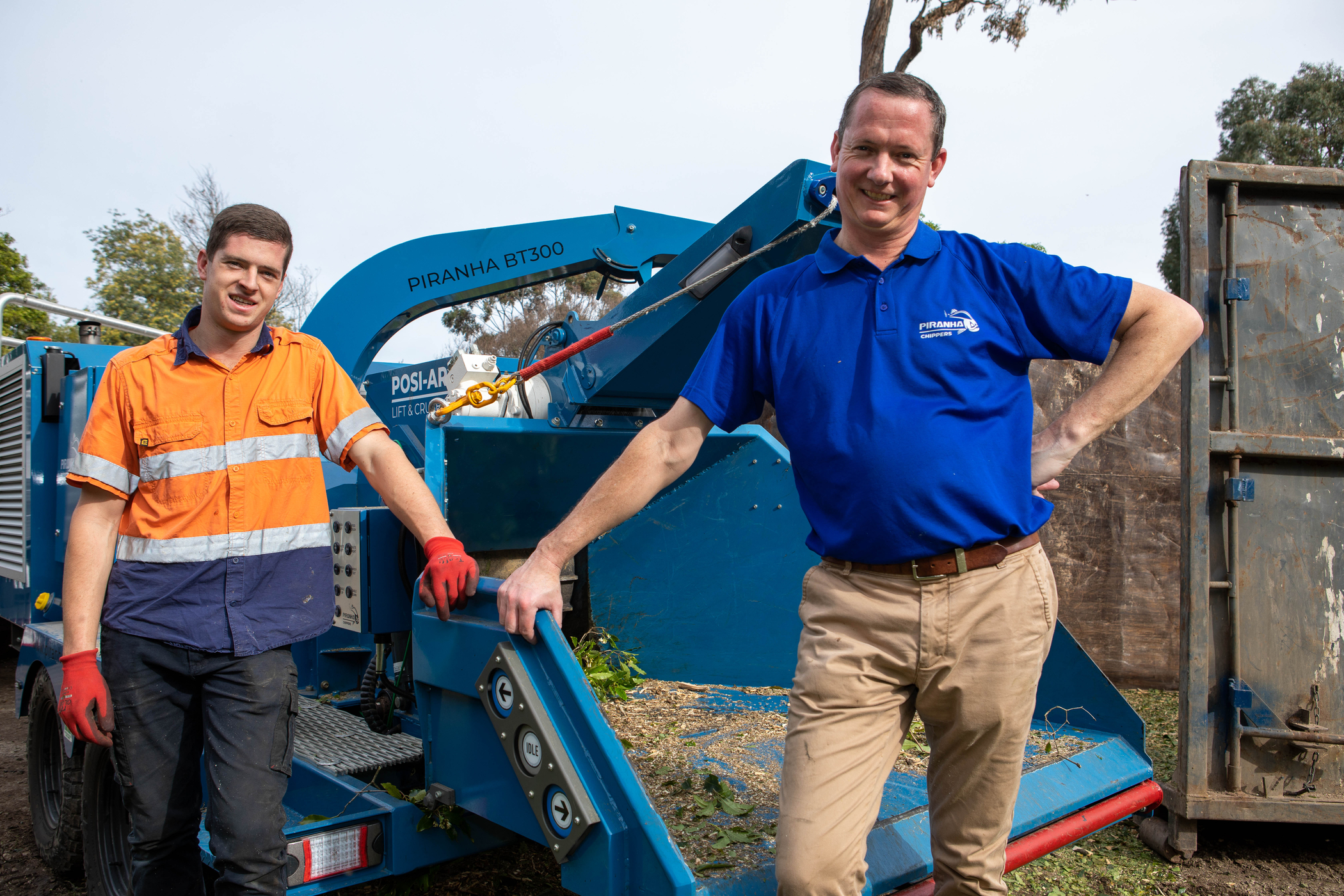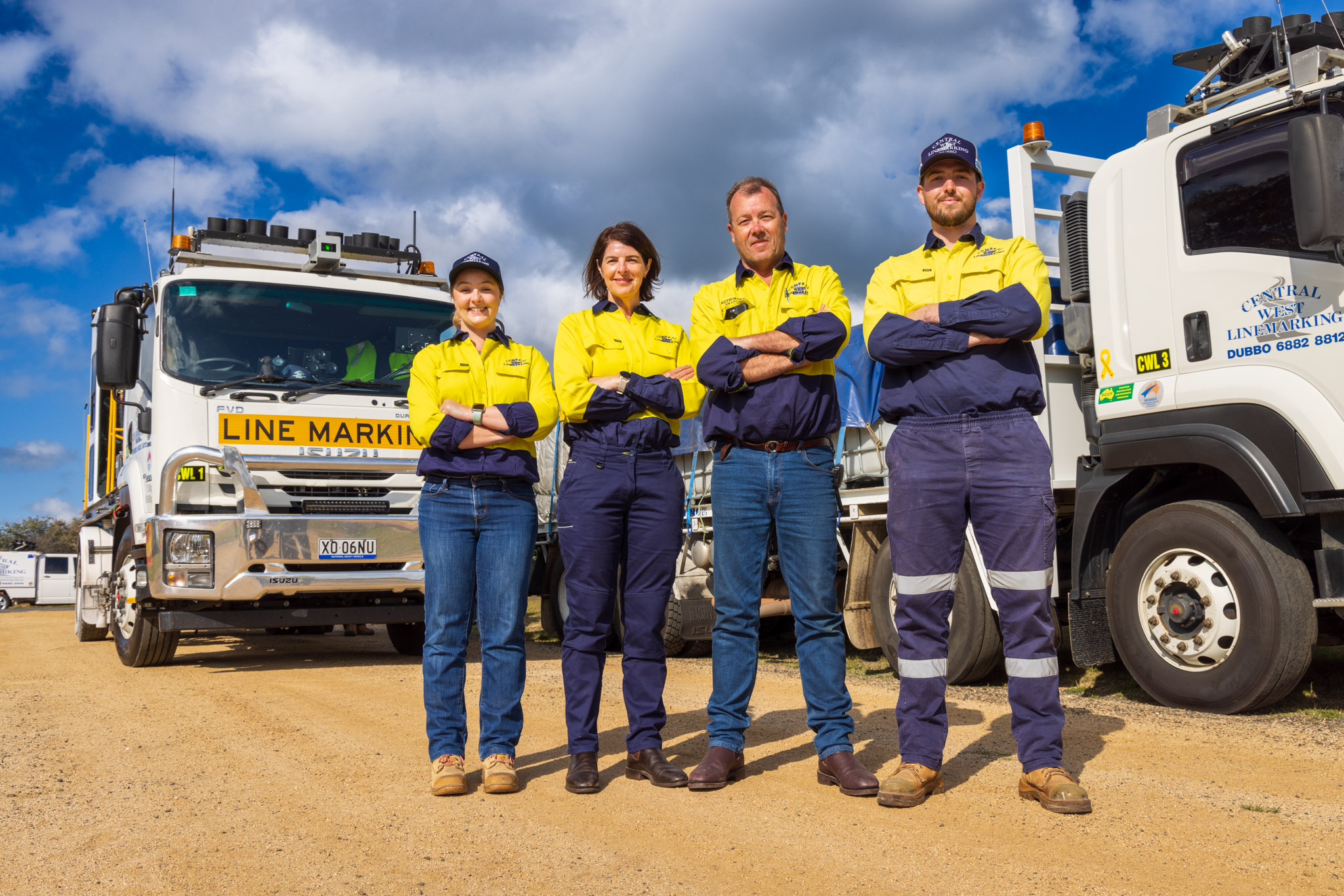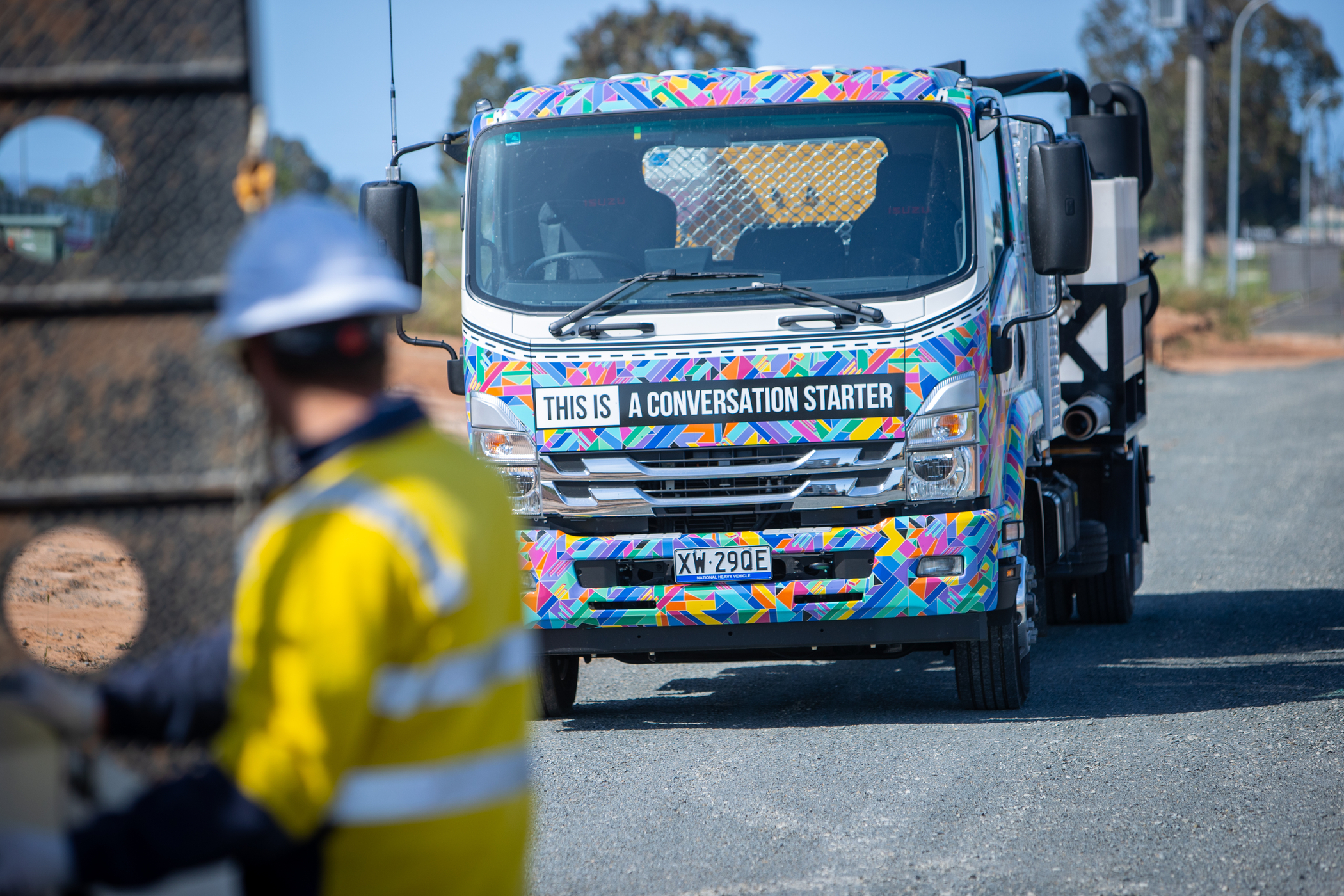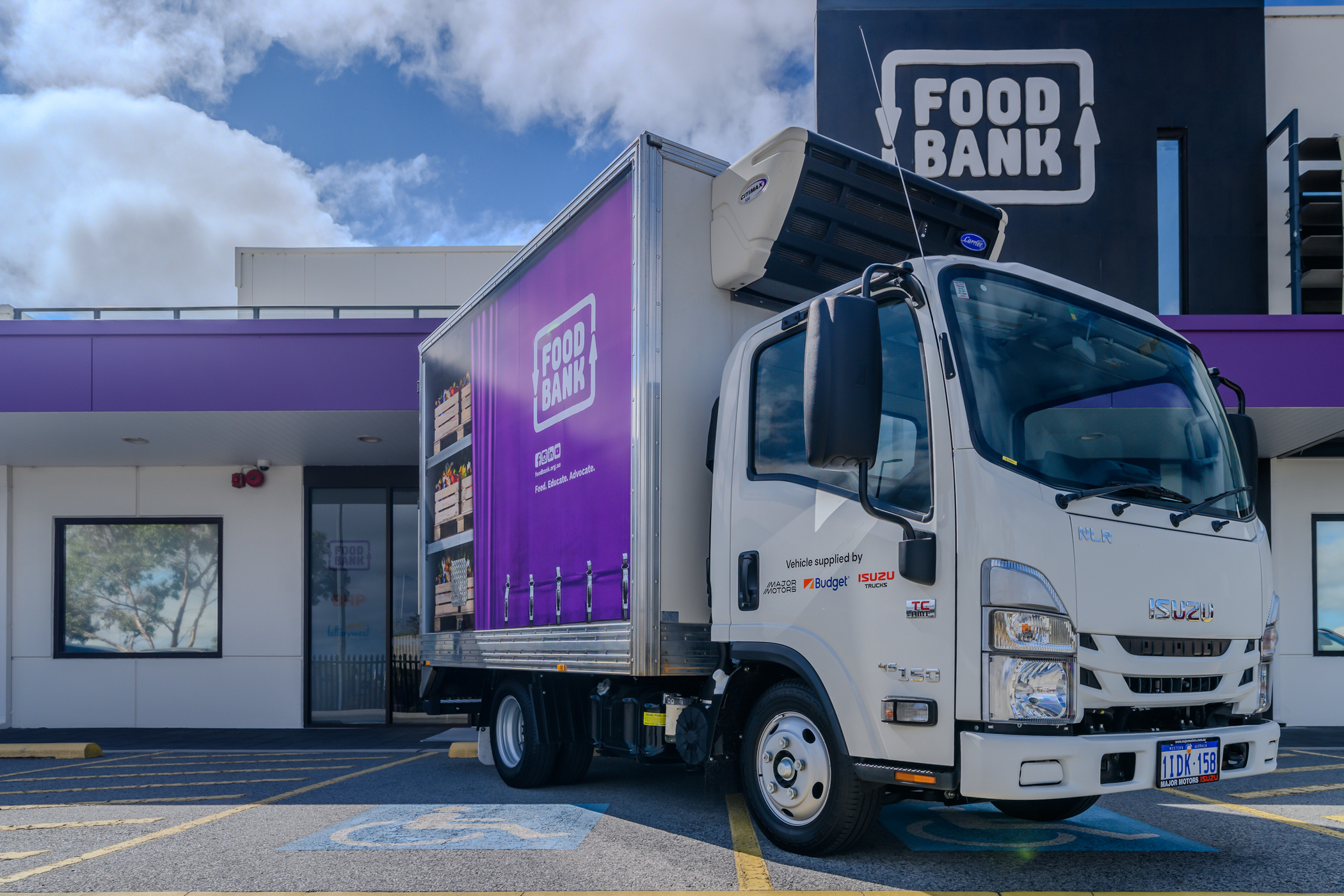EXPERT ADVICE ON WHAT THE 2020-21 BUDGET COULD MEAN FOR YOUR BUSINESS
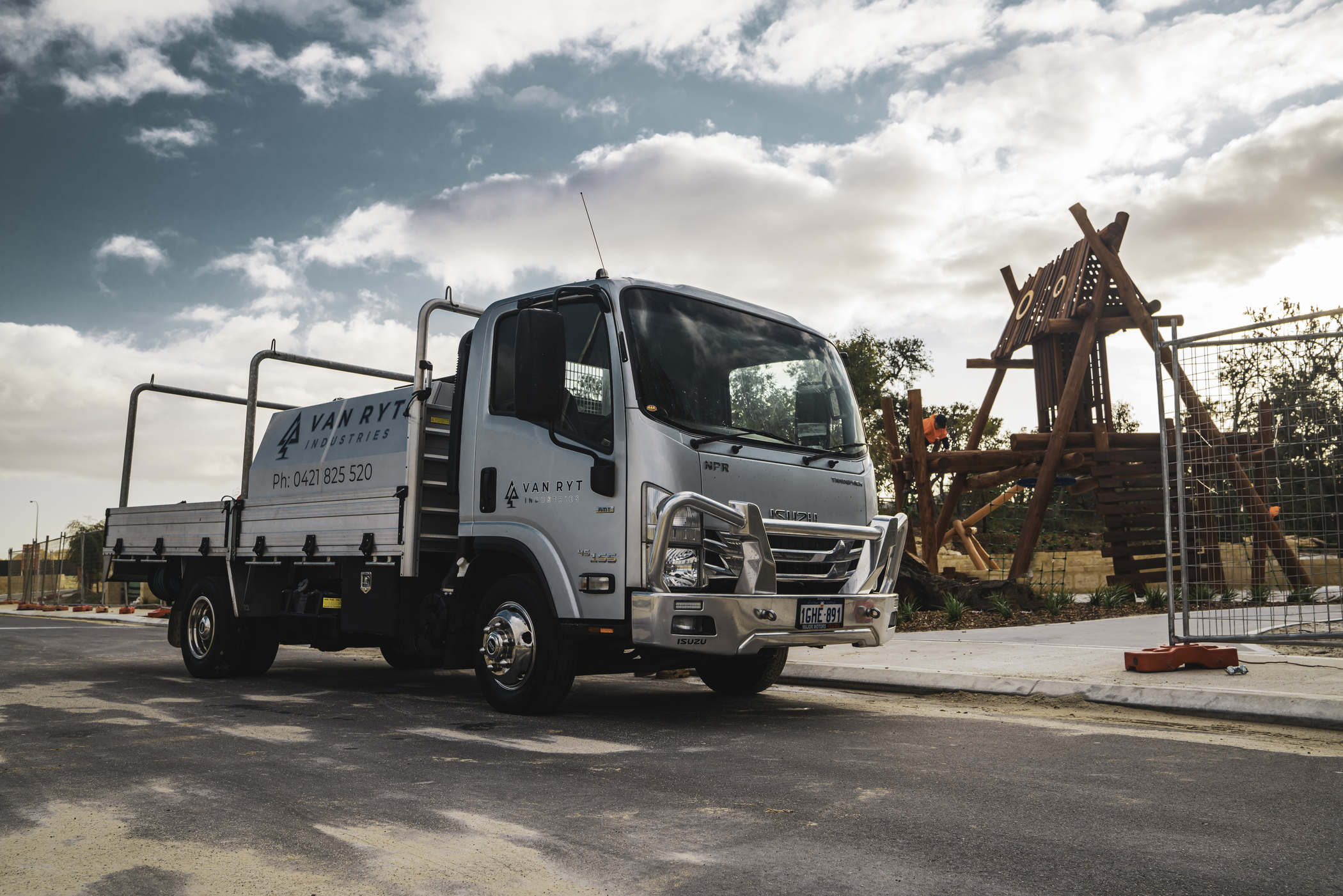
 Haydn Stewart, Trident Financial Group
Looking to invest in a truck and make use of these government stimulus package measures? We’ve got the calculations sorted—check out our example here.
Thanks for your time Haydn. The 2020-21 Federal Budget covers a huge range of incentives and information. What are the most relevant measures for our road transport industry readers?
It’s certainly a big budget, and one that can give a lot of hope to businesses out there. A major incentive is the uncapped instant asset-write off for depreciable assets for eligible businesses. This gives people a really good tax incentive to spend on capital assets, now.
What’s the difference between this budget-announced asset write-off, and the current enhanced instant asset write-off we’ve already seen this year?
The instant-asset write-off announcement at the start of COVID and earlier in the year essentially allowed businesses with turnover under $500 million per annum to write-off $150,000 worth of eligible depreciable assets. For example, if you bought a truck for $100,000, there was an immediate tax write-off.
This budget has expanded on that and taken some of the limits off. You can now deduct the full cost of eligible assets worth more than $150,000—there is no dollar limit. And it’s for businesses with up to $5 billion in turnover, which covers the lion’s share of all businesses in Australia. There are some exclusions to the types of assets that are eligible, including rules around cars and software development pools. But for the most part, all capital allowance assets are included.
Haydn Stewart, Trident Financial Group
Looking to invest in a truck and make use of these government stimulus package measures? We’ve got the calculations sorted—check out our example here.
Thanks for your time Haydn. The 2020-21 Federal Budget covers a huge range of incentives and information. What are the most relevant measures for our road transport industry readers?
It’s certainly a big budget, and one that can give a lot of hope to businesses out there. A major incentive is the uncapped instant asset-write off for depreciable assets for eligible businesses. This gives people a really good tax incentive to spend on capital assets, now.
What’s the difference between this budget-announced asset write-off, and the current enhanced instant asset write-off we’ve already seen this year?
The instant-asset write-off announcement at the start of COVID and earlier in the year essentially allowed businesses with turnover under $500 million per annum to write-off $150,000 worth of eligible depreciable assets. For example, if you bought a truck for $100,000, there was an immediate tax write-off.
This budget has expanded on that and taken some of the limits off. You can now deduct the full cost of eligible assets worth more than $150,000—there is no dollar limit. And it’s for businesses with up to $5 billion in turnover, which covers the lion’s share of all businesses in Australia. There are some exclusions to the types of assets that are eligible, including rules around cars and software development pools. But for the most part, all capital allowance assets are included.
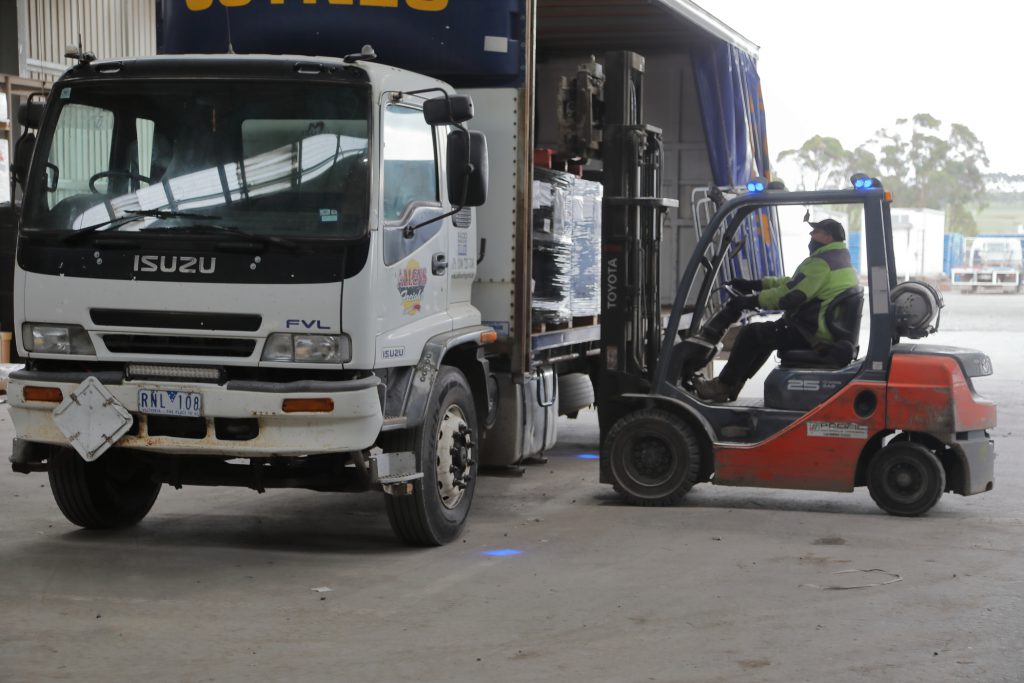 What’s the timeframe for this new uncapped asset write-off program?
The government is really trying to encourage people to get out there and purchase within the next two years, so in order to take advantage of this write-off you need to have the asset installed and ready for use between 6 October 2020 and 30 June 2022.
If you were looking to invest in assets, I’d recommend starting to investigate now, so you can plan and manage your cash flow.
What about improvements to existing assets? Is that also covered under the new program?
It’s really industry specific. But to put it simply, you might choose to upgrade a canopy on your truck or make a significant improvement to an older asset that is quite substantial, and that would be covered.
It’s a great tool for encouraging those planning on purchasing or upgrading to bring that spend forward now, and stimulate the economy moving forward.
Moving on to the temporary loss carry-back—what is it? Does it tie into the instant-asset write-off?
The temporary loss carry-back measure also allows companies with turnover up to $5 billion to offset operating losses against previous profits on which tax has already been paid—generating a refund. This applies to any losses recorded in the 2019–20, 2020–21 and/or 2021–22 tax years.
Yes, it can work quite well in tandem with the instant asset write-off. When you purchase a capital asset, you’re going to see a significant decrease in your profit, and potentially even a loss. The loss carry-back will allow a company to smooth out their tax burden and hopefully help make that decision to purchase equipment a little bit easier.
What’s the timeframe for this new uncapped asset write-off program?
The government is really trying to encourage people to get out there and purchase within the next two years, so in order to take advantage of this write-off you need to have the asset installed and ready for use between 6 October 2020 and 30 June 2022.
If you were looking to invest in assets, I’d recommend starting to investigate now, so you can plan and manage your cash flow.
What about improvements to existing assets? Is that also covered under the new program?
It’s really industry specific. But to put it simply, you might choose to upgrade a canopy on your truck or make a significant improvement to an older asset that is quite substantial, and that would be covered.
It’s a great tool for encouraging those planning on purchasing or upgrading to bring that spend forward now, and stimulate the economy moving forward.
Moving on to the temporary loss carry-back—what is it? Does it tie into the instant-asset write-off?
The temporary loss carry-back measure also allows companies with turnover up to $5 billion to offset operating losses against previous profits on which tax has already been paid—generating a refund. This applies to any losses recorded in the 2019–20, 2020–21 and/or 2021–22 tax years.
Yes, it can work quite well in tandem with the instant asset write-off. When you purchase a capital asset, you’re going to see a significant decrease in your profit, and potentially even a loss. The loss carry-back will allow a company to smooth out their tax burden and hopefully help make that decision to purchase equipment a little bit easier.
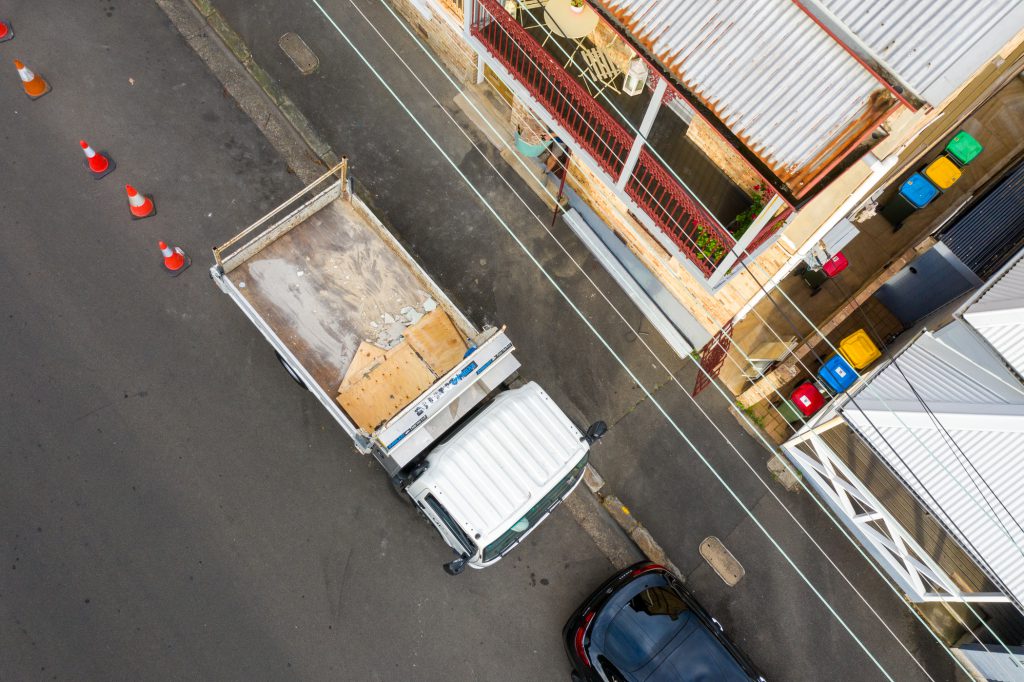 Can you give us a real-world scenario of how this might benefit a small or medium sized operator?
Yes, absolutely. Let’s say a company has a profit in Year One, pre-COVID—they’ve made $1 million profit and for simplicity’s sake they have a tax rate of 30 per cent. They’ve paid $300,000 of tax in that Year One.
Subsequently, in Year Two, they’re still doing well. They’ve made $2 million in profit. They come to the end of the year and see the instant asset write-off provisions. They decide to spend $4 million on new plans, equipment and technology to really invest in the business going forward. Now, that $2 million in profit actually becomes a $2 million loss.
With the temporary loss carry-back provision, that company has the option to offset that $2 million loss from Year Two against the $1 million gain in Year One. By doing that, they’re going to get $300,000 cash back in their pockets, and carry forward a smaller loss.
That’s a helpful example, thanks Haydn. Let’s move on to JobMaker, can you explain what it covers and how it’s intended to boost employment?
JobMaker is really a measure to encourage young people who are already on government payments—JobSeeker, Youth Allowance or Parenting Payment—to get back into work and into industry. Essentially, it provides a payment per week to businesses that employ a young person between 16 and 35 years old who has been on one of these payments for at least one month out of the previous three before the time of hiring.
It’s focused on the younger bracket of 16 to 29-year olds, and this is where businesses see the most benefit, receiving $200 a week credit per eligible employee.
It then drops down to $100 a week credit for the employment bracket of 30 to 35-year olds. In either form, it’s a considerable discount in terms of paying a salary and certainly one worth considering if you do need more staff on the books.
Can you give us a real-world scenario of how this might benefit a small or medium sized operator?
Yes, absolutely. Let’s say a company has a profit in Year One, pre-COVID—they’ve made $1 million profit and for simplicity’s sake they have a tax rate of 30 per cent. They’ve paid $300,000 of tax in that Year One.
Subsequently, in Year Two, they’re still doing well. They’ve made $2 million in profit. They come to the end of the year and see the instant asset write-off provisions. They decide to spend $4 million on new plans, equipment and technology to really invest in the business going forward. Now, that $2 million in profit actually becomes a $2 million loss.
With the temporary loss carry-back provision, that company has the option to offset that $2 million loss from Year Two against the $1 million gain in Year One. By doing that, they’re going to get $300,000 cash back in their pockets, and carry forward a smaller loss.
That’s a helpful example, thanks Haydn. Let’s move on to JobMaker, can you explain what it covers and how it’s intended to boost employment?
JobMaker is really a measure to encourage young people who are already on government payments—JobSeeker, Youth Allowance or Parenting Payment—to get back into work and into industry. Essentially, it provides a payment per week to businesses that employ a young person between 16 and 35 years old who has been on one of these payments for at least one month out of the previous three before the time of hiring.
It’s focused on the younger bracket of 16 to 29-year olds, and this is where businesses see the most benefit, receiving $200 a week credit per eligible employee.
It then drops down to $100 a week credit for the employment bracket of 30 to 35-year olds. In either form, it’s a considerable discount in terms of paying a salary and certainly one worth considering if you do need more staff on the books.
 How long will JobMaker run for, and are there any other requirements?
JobMaker is running for 12 months from 7 October 2020 to 6 October 2021. So, for any new eligible employees hired in that period, the business can receive up to 12 months of payments per employee.
Say for example a business hired an eligible employee on the dot of this budget announcement, 7 October 2020; they’ll get JobMaker credit through until 6th October 2021. Similarly, if the employee is hired on 1 December 2020, the business can get JobMaker credit for them until 30 November 2021.
The other eligibility requirements for employees and employers are pretty standard. You can find lots of concise information and factsheets on everything we’ve discussed on the Budget 2020-21 website.*
Thanks, Haydn!
*Isuzu Australia Limited recommends seeking independent professional advice for all business and personal finance matters
Looking to invest in a truck and make use of these government stimulus package measures? We’ve got the calculations sorted—check out our example here.
How long will JobMaker run for, and are there any other requirements?
JobMaker is running for 12 months from 7 October 2020 to 6 October 2021. So, for any new eligible employees hired in that period, the business can receive up to 12 months of payments per employee.
Say for example a business hired an eligible employee on the dot of this budget announcement, 7 October 2020; they’ll get JobMaker credit through until 6th October 2021. Similarly, if the employee is hired on 1 December 2020, the business can get JobMaker credit for them until 30 November 2021.
The other eligibility requirements for employees and employers are pretty standard. You can find lots of concise information and factsheets on everything we’ve discussed on the Budget 2020-21 website.*
Thanks, Haydn!
*Isuzu Australia Limited recommends seeking independent professional advice for all business and personal finance matters
Looking to invest in a truck and make use of these government stimulus package measures? We’ve got the calculations sorted—check out our example here.



The all-new Isuzu truck range is about to arrive.
Register your interest and we'll keep you in the loop with the latest updates.
Learn More
